aterials selected for medical applications such as diagnostic imaging equipment, mobile carts, hospital beds and exam room cabinetry must be clean, reliable and safe. The need for differentiation in technology and aesthetics, as well as reliable chemical resistance and durability, has led to an increase in the use of thermoplastics in medical device applications
- They are lightweight
- They have great impact performance, even in thin gauges
- They are resistant to chemicals, so they can be cleaned with medical-grade disinfectants with no effect on properties or appearance
- They provide great design flexibility in colors, textures and prints
- They can be produced and formed at small- to mid-volumes
- They can vary in thickness depending on the application requirements
- They can meet fire, safety and health regulatory codes such as USP Class VI and UL 94 V-0 for medical device electronics

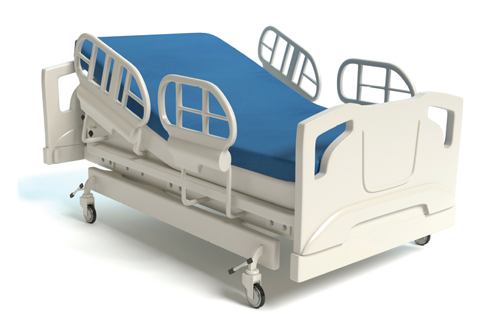
Thermoplastics are on average six times lighter than sheet metal. This means that equipment made from thermoplastics will be easier to move from room to room, handling and shipping costs are lower and there is less of a carbon footprint every time it is transported.
In most cases, the metal components must be painted to match the aesthetic requirements of a part. Thermoplastics have integral color throughout, so they can be custom color matched, and never have to be repainted. This saves time in the production process and the color will never chip or fade, so it removes the risk of maintenance and repair costs throughout the lifetime of the part.
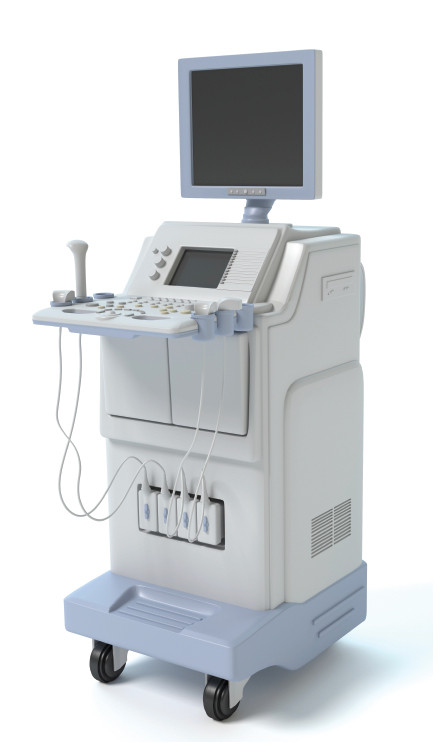


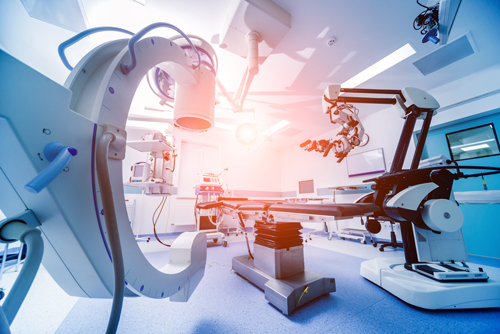
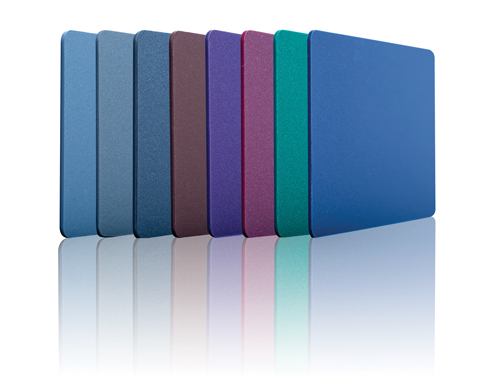
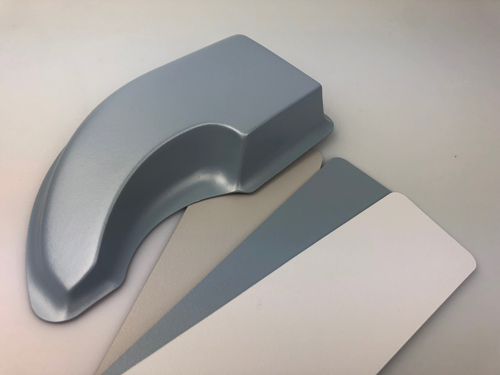
The texture is even further enhanced when a material has a unique finish effect, such as a metallic or pearlescent.
Thanks to the chemical resistance and cleanability of thermoplastics, as well as their impact properties, design flexibility and long-term performance, these are the materials of the future for many medical device applications.
www.simona-america.com